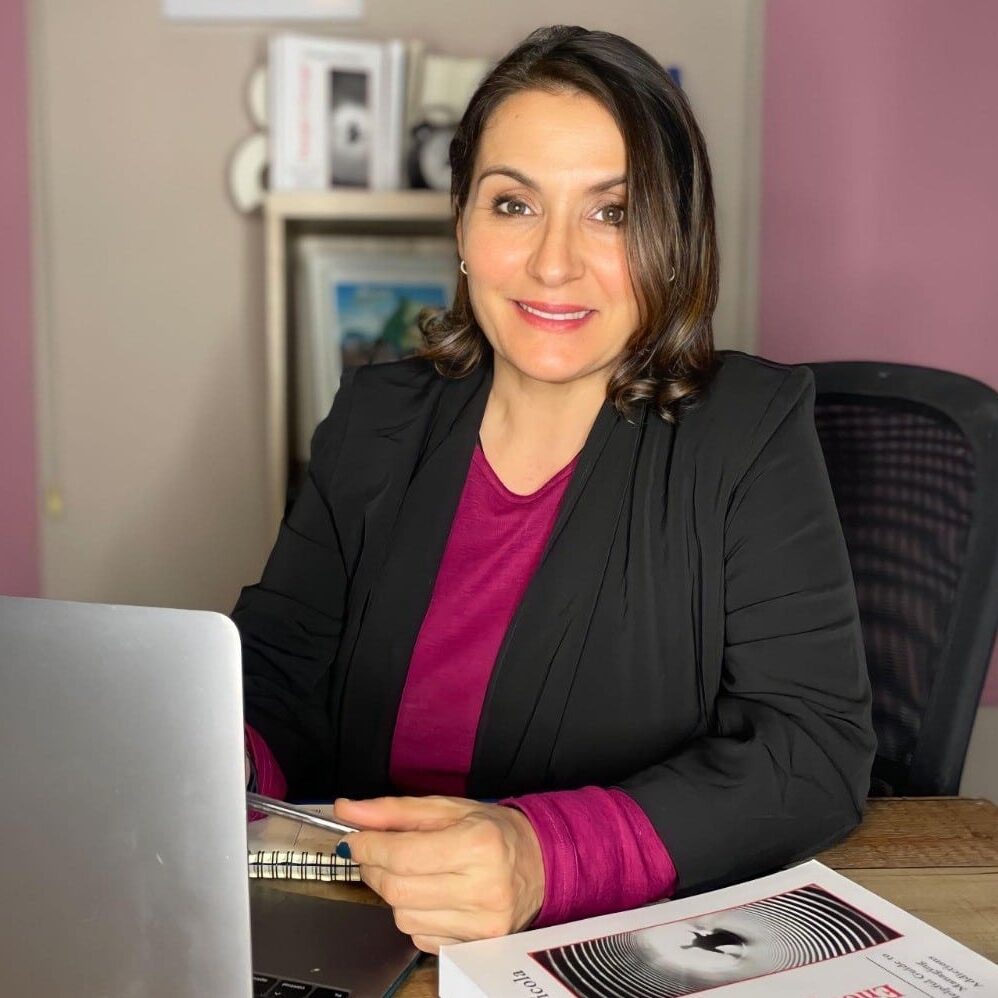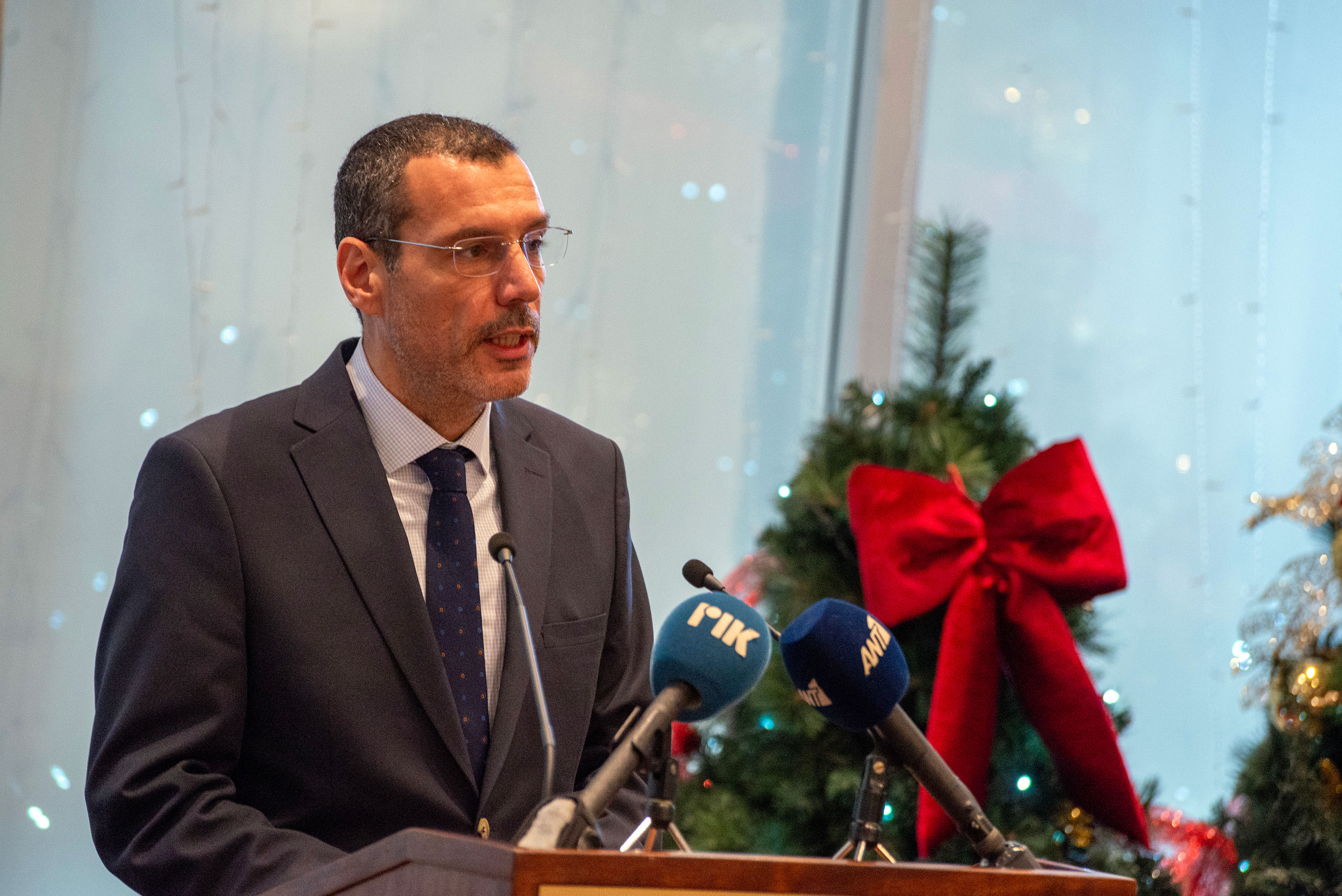DESPINA NICOLA looks at the life of a sex worker and how she managed to escape it
Karangahape Road in Auckland, New Zealand, is infamous for its vibrant nightlife and its dark underbelly of the sex trade. Strip joints and streetwalkers are often hidden in plain sight. This bustling street also tells a story of a diverse cultural clientele, being the heart of Auckland’s main LGBTQ+ district. Exploitation is rampant, with sex trafficking and the harrowing experiences of women being all too common.
Anna works as a stripper on K Road. Her journey into the sex trade was not by choice but through coercion and manipulation. Groomed by her mother’s partner from a young age, Anna was led into a life of exploitation under the guise of love and care.
Sex trafficking is an international, multi-billion-dollar industry driven by criminals who kidnap and enslave girls, some like Anna groomed as young as ten years old. These girls are swayed into prostitution, and some far from their homes and families. The trauma they endure is unimaginable, and their exploitation often begins with sexual abuse during childhood.
Anna’s story highlights the complex and multifaceted nature of the sex trade on K Road. It is a world where coercion, addiction, and economic desperation intertwine, trapping women in a cycle of exploitation.
My friendship with Anna began when she became a regular customer at our family’s shoe shop in the area. Over time, I learned about her struggles and aspirations. Recognising her desire for a better life, my brother George introduced her to The Happiness Trap by Russ Harris, a book that had profoundly impacted his own understanding of happiness and mental health.
Intrigued by the book, Anna and I dived into it and discovered the principles of Acceptance and Commitment Therapy (ACT). The book helped us both realise that the pursuit of happiness might be part of the problem. Through ACT, Anna learned to change her relationship with her thoughts and feelings, gaining practical tools for her journey toward healing and self-empowerment to escape the trade.
The first technique was Defusion, acknowledging thoughts without letting them control you. For example, Anna practiced saying, ‘I’m having the thought that I can’t survive without walking the streets,’ and this helped her gain perspective.
The next step was to play with the thought musically: She used uplifting music to shift focus to aid her emotional well-being, making the thought lose its power on her.
Once she realised she could feel what she felt but she wasn’t imprisoned by it she allowed feelings to flow and learned to accept the feelings of shame and guilt without judgment.
We then sought help from organisations like family violence specialist services. This connection gave her the tools to be present and fully engage with current experiences and seek other opportunities for employment and friendship. Whenever she had the urge to return to the trade she connected with mentors and practiced mindfulness exercises to stay grounded.
One practice that Anna engaged in was mindful breathing. She would find a quiet space and focus on her breath: sitting comfortably she would close her eyes, and take a few deep breaths, inhaling through her nose and exhaling through her mouth. She would then shift her attention to the natural rhythm of her breath, noticing the sensation of air entering and leaving her nostrils. When thoughts or urges arose, she acknowledged them without judgment and gently brought her focus back to her breathing.
This practice helped Anna calm her mind, reduce anxiety, and stay present in the moment, reinforcing her commitment to her new path and healthier lifestyle.
She started to observe the parts of herself that she now had access to. Anna reminded herself, ‘I am more than my past experiences’ and ‘I am not defined by my current struggles.’
She was not a tool for others to exploit anymore. This led to being motivated to leave the sex trade. Later she made a connection with her local church, and by telling them her story the community offered support and motivation to cut the past ties.
She found alternative employment and went on to meet a warmhearted man who offered her emotional and moral understanding and soon after became her husband.
By chance years I met Anna in a café in Auckland. I was taken by surprise to see her transformation. She was now a social worker devoted to supporting victims who are groomed or manipulated into sex work using interventions like ACT to develop healthier ways of relating to her thoughts and feelings which changed her reality.
Her journey illustrates that with the right support and tools, individuals trapped in the sex trade can find hope and a path to a better future.







Click here to change your cookie preferences